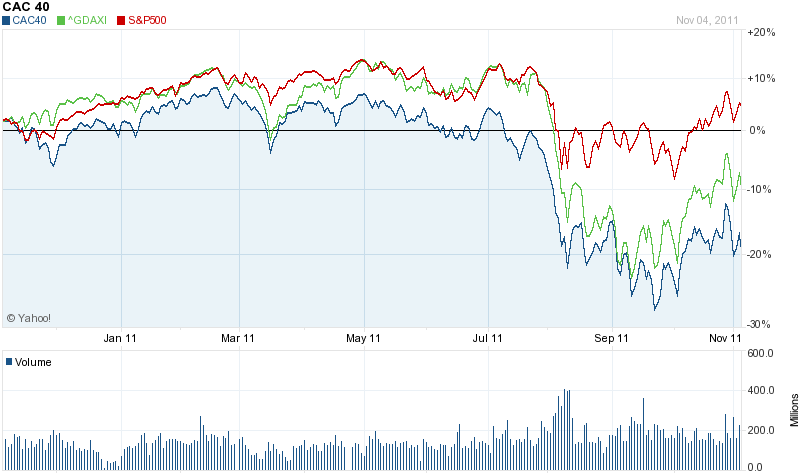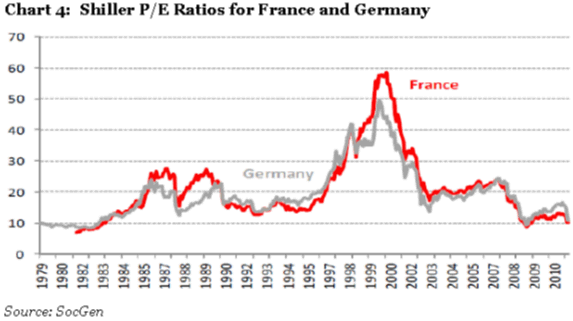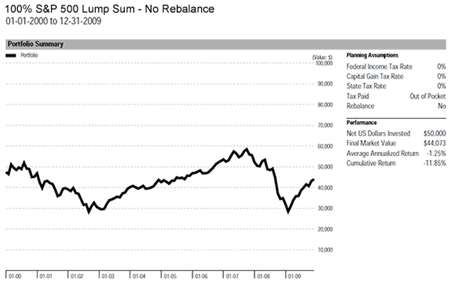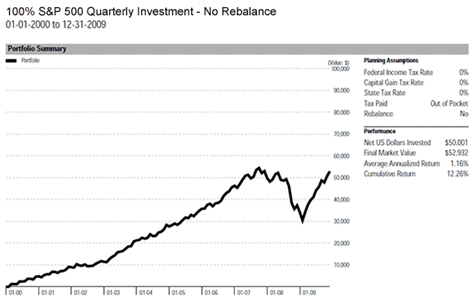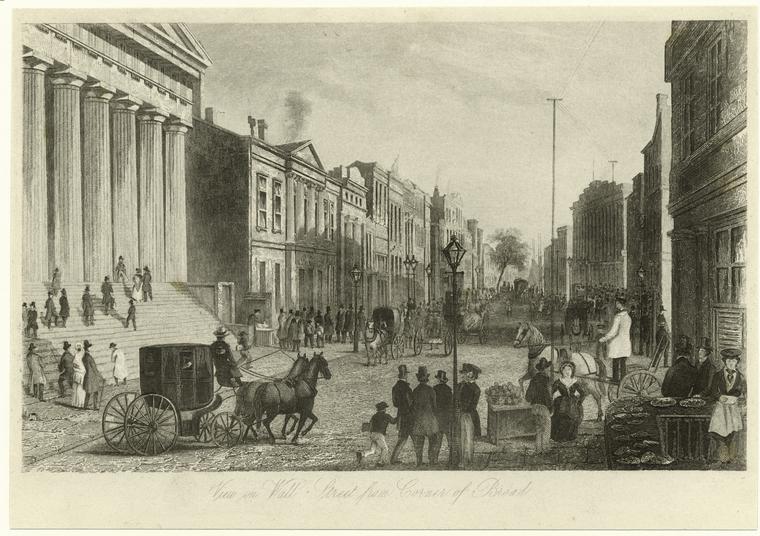The Global Finance magazine has published “The Stars of China” list in the latest issue. These firms are the top ranked companies in their respective industries.
The Stars of China for 2011:
[TABLE=1047]
Source: Global Finance
It is interesting to note that Apple(AAPL) and Nestle(NSRGY) are the two foreign firms in this ranking. Switzerland based Nestle has a strong presence in emerging markets and operates 23 factories in China. Apple is succeeding in China due to its strong brand name and high quality products.
Disclosure: No Positions
